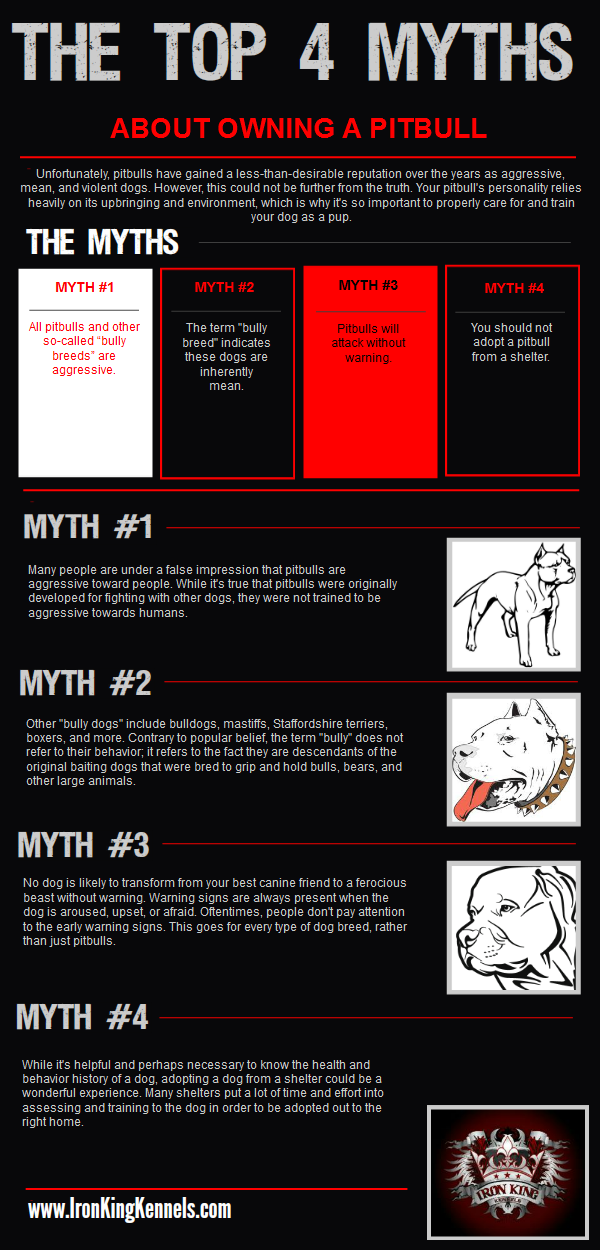Despite their bad rap, pitbulls are very friendly, loyal and loving dogs, making them the perfect addition to any family household. If you're interested in adopting blue pitbull puppies, below are seven tips to help you in the process.
Start training early
The general rule of
thumb when it comes to adopting any type of puppy is to start them early on
training. As soon as you bring your new pup home, you should be guiding their
behavior and enforcing the rules. Puppies learn much faster and more easily
than adult dogs, and the first 20 weeks of development can be the most crucial.
Show the puppy you are
the boss
It's vital to teach your pup early on that you are the boss and they must obey your commands. Remember, you will be the one to reward the pup for good behavior and punish them for bad behavior, so if you won't discipline them, they won't learn. You can show the dog you are in charge by controlling their food, demonstrating that you provide it and that they only get it at certain times. Also, lay down some rules about certain pieces of furniture that the puppy isn't allowed on (e.g. tables) and about chewing furniture and other household items.
Teach socialization with people and
animals
Socialization should be a top priority for your new dog, one that you should engage in regularly. It's important that your pup learn to be comfortable around people and other animals. You should introduce your puppy to children, adults, dogs and other animals in a secure setting so that they can become more comfortable with them and less territorial later.
Get your puppy used to a
leash
Pitbulls grow to be strong dogs, so you should get your puppy used to being on a leash as early as possible. Walk your dog regularly and use commands to teach them how to behave on the leash.
Make exercise a habitual activity
Pitbulls are full of energy -- especially puppies. You should take your pup to an enclosed area (no open dog parks until they are fully trained) each day for 20 to 30 minutes of outdoor playtime. This will provide an outlet for your pup's energy and instinctive behaviors. After all, a tired puppy is less likely to get into trouble than a bored one.
Use positive reinforcement
When your pup obeys the rules, use positive reinforcement techniques to reward them (for instance, giving them a treat). This will encourage your dog to behave consistently. Pits are eager learners and more than happy to work for the reward.
Always remember that training takes time. Be patient, keep at it, and you will have a loving and faithful companion for life.





